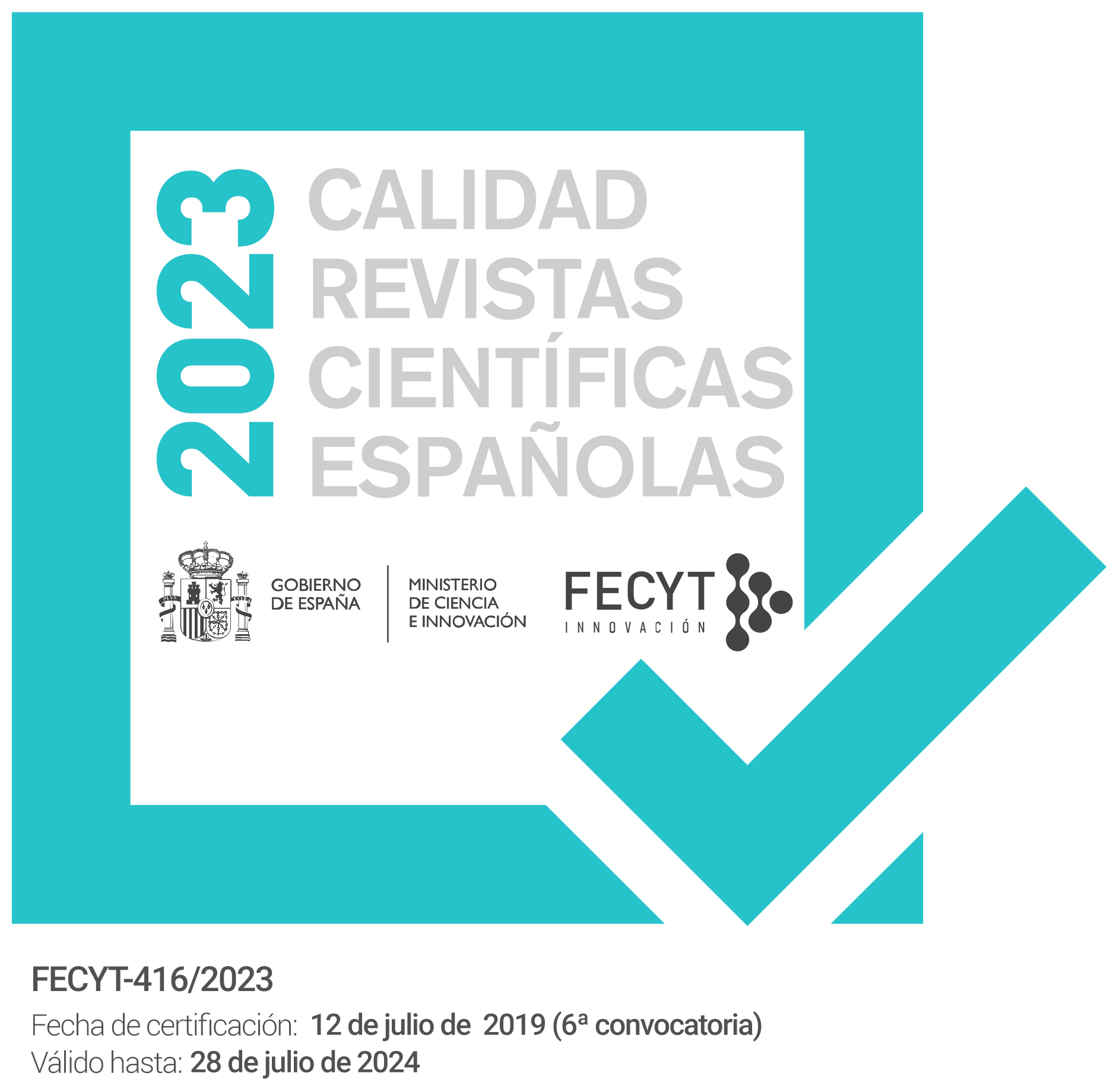Sociedades en transición durante la expansión y consolidación de las primeras comunidades agrícolas en el Mediterráneo occidental: el ejemplo del Levante de la península Ibérica / Societies in transition during the expansion and consolidation...
Abstract
La neolitización ha sido entendida como un proceso de adopción de innovaciones tecnológicas y económicas por parte de grupos cazadores recolectores que, o bien traídas desde fuera a través de una difusión démica, o bien a través de redes de intercambio, acabaron por asimilarse. Sin embargo, no se ha considerado la neolitización desde la óptica de la entrada en contacto de dos tipos de formaciones socioeconómicas con diferente grado de organización y desarrollo. En este trabajo analizaremos y confrontaremos las variables que configuran los rasgos esenciales de ambas realidades sociales para, a través de un ejemplo concreto, analizar las posibles situaciones de contacto.
The neolithisation has been understood as a process of adoption of technological and economic innovations by groups of hunter-gatherers that, brought from outside through a demic diffusion or through exchange networks, were finally assimilated. However, neolithisation has not been considered from the perspective of the of two types of socio-economic formations with diverse level of organisation and development. In this paper, we analyse and compare the variables that shape the essential features of both social realities, in order to analyse posible contact situations through a concrete example.
Downloads
Downloads
Issue
Section
License
The articles are open access distributed under the terms of the Creative Commons Attribution-NonCommercial-NoDerivatives (CC BY-NC-ND) Spain 4.0 license. Authors who publish in this journal agree with the following terms:
a) Authors retain the copyright and guarantee the journal the right to be the first publication of the work as well as licensed under a Creative Commons Attribution License that allows others to share the work with a recognition of the authorship of the work and the Initial publication in this magazine.
b) Authors may separately establish additional agreements for the non-exclusive distribution of the version of the work published in the journal (for example, place it in an institutional repository or publish it in a book), with recognition of its initial publication in this magazine.
c) Authors are allowed and encouraged to disseminate their work electronically (for example, in institutional repositories or on their own website) before and during the submission process, as it may result in productive exchanges, as well as a earliest and largest citation of published works (See The Effect of Open Access).



